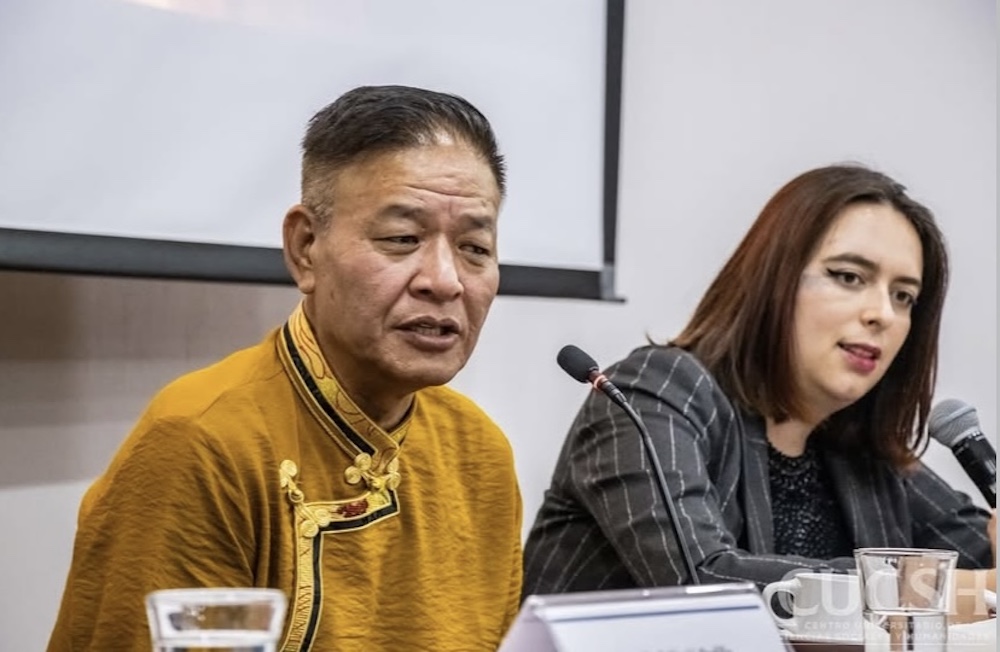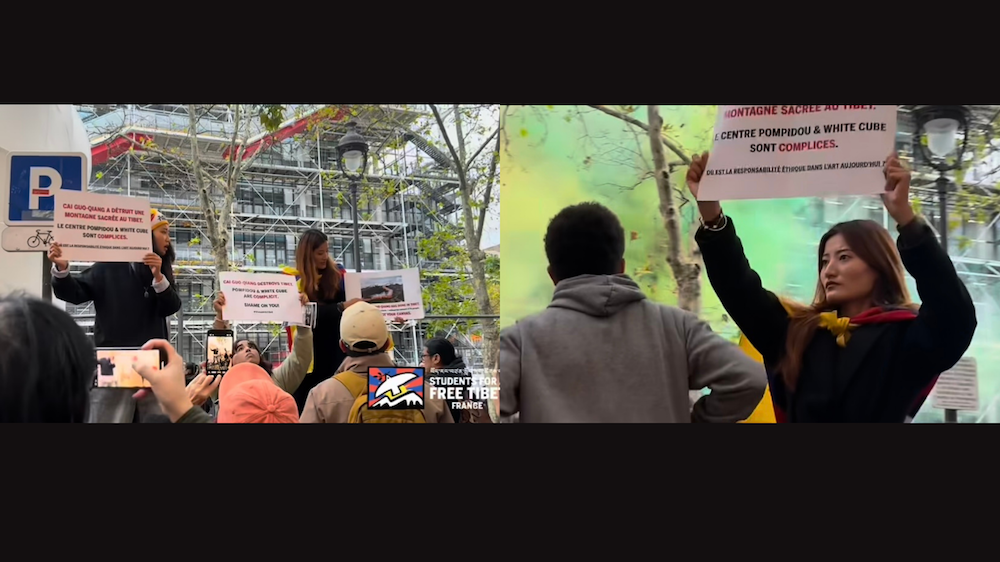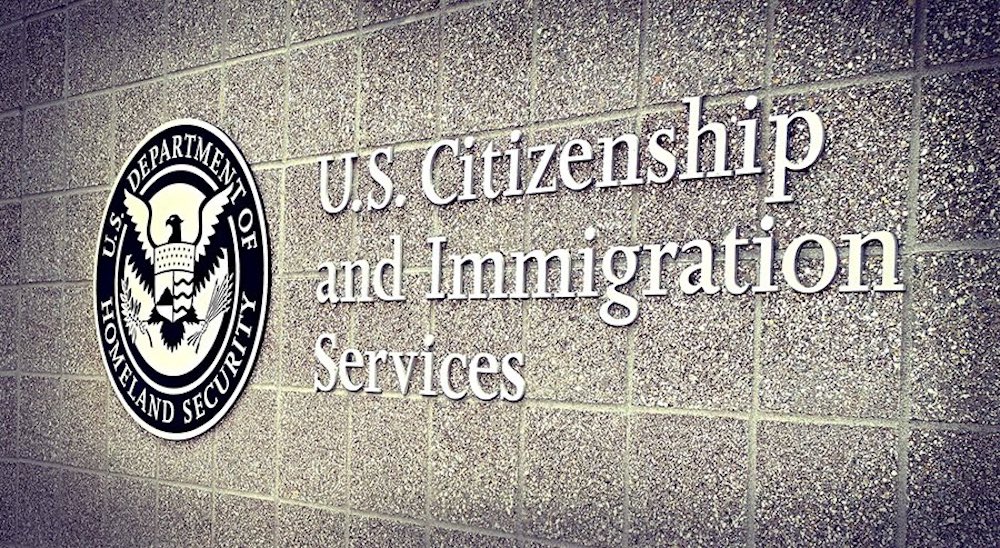By Saibal Chatterjee
 Bangkok, January 27 – As the 2004 Bangkok International Film Festival entered its second week on Monday, a powerful feature length documentary on the political and cultural history of Tibet emerged as a major talking point as much for its obvious political resonances as for its exquisite cinematic qualities.
Bangkok, January 27 – As the 2004 Bangkok International Film Festival entered its second week on Monday, a powerful feature length documentary on the political and cultural history of Tibet emerged as a major talking point as much for its obvious political resonances as for its exquisite cinematic qualities.
Precisely how rattled the film left some people was evident at the post-screening press conference. The director of Tibet: Cry of the Snow Lion, Tom Peosay, faced a barrage a hostile questions even as his outstanding film received a standing ovation.
Cry of the Snow Lion, which was in the making for 10 years, does not skirt around the political questions that lie at the heart of the Tibet problem. The director addresses the issues head-on and comes up with a cinematic tract that makes no bones about taking sides. That, more than anything else, explains the less than friendly treatment Peosay got from the pro-China section of the press here.
For Peosay, who shot the film over nine visits to Tibet, India and Nepal, Cry of the Snow Lion is obviously a labour of love, an effort that is far more significant than any of the work he has done for American network television over a period of 20 years. It was no surprise, therefore, to see the man spring to the defence of his film – and the viewpoints it conveys – with all the gusto he could muster.
Among other things, Peosay was accused of articulating partisan theories about the state of affairs in Tibet today and China’s overtly aggressive policies on the Roof of the World. One journalist said the film looked dated in parts. That was wholly unfair. For one, Peosay’s sympathies lie squarely with the underdogs in this battle and that is just as well. And two, having been shot over a period of nearly a decade, Cry of the Snow Lion does have portions that look somewhat old.
Be that as it may, even as just cinema, Cry of the Snow Lion makes for great viewing. Crammed with never-seen-before footage from inside Tibet, the film is further bolstered by the use of an array of undercover and archival photographs.
The visual elements – the stunning natural beauty of the region plays an important role in giving the film its surface gloss – are interwoven with riveting personal tales of courage and fortitude. Cry of the Snow Lion is sad and rousing by turns. What matters is that leaves an extremely strong impact, helped immensely by Martin Sheen’s commentary.
In the ultimate analysis, Peosay’s film is a fervent appeal to the western world, especially the US of A, to stop playing ball with China in order to force the Communist regime in Beijing to lay off Tibet for good. But Cry of the Snow Lion is no romantic yarn; it recognizes the difficulties that are ahead of the people of Tibet as they fight a war to save their culture and religion.
The voice of the Dalai Lama alluding to the need to keep the struggle non-violent and free of all vestiges of hatred is heard repeatedly, while the less patient elements of the Tibetan government-in-exile give free rein to their emotions and constantly refer to China’s perfidy.
Of course, it is always clear where Peosay’s sympathies lie – while the director is obviously in consonance with the Dalai Lama’s advocacy of non-violence as the principal means of protest, he does occasionally let a dissenting voice get in edgewise.
One political expert talks of the futility of non-violence in the case of Tibet. Unless the people of Tibet, he argues, resort to violence, they cannot stop China’s systematic ethnic cleansing drive. By keeping region on the boil, he adds, the Free Tibet movement could create conditions that would prevent the Chinese from relocating to a land that is not their own.









